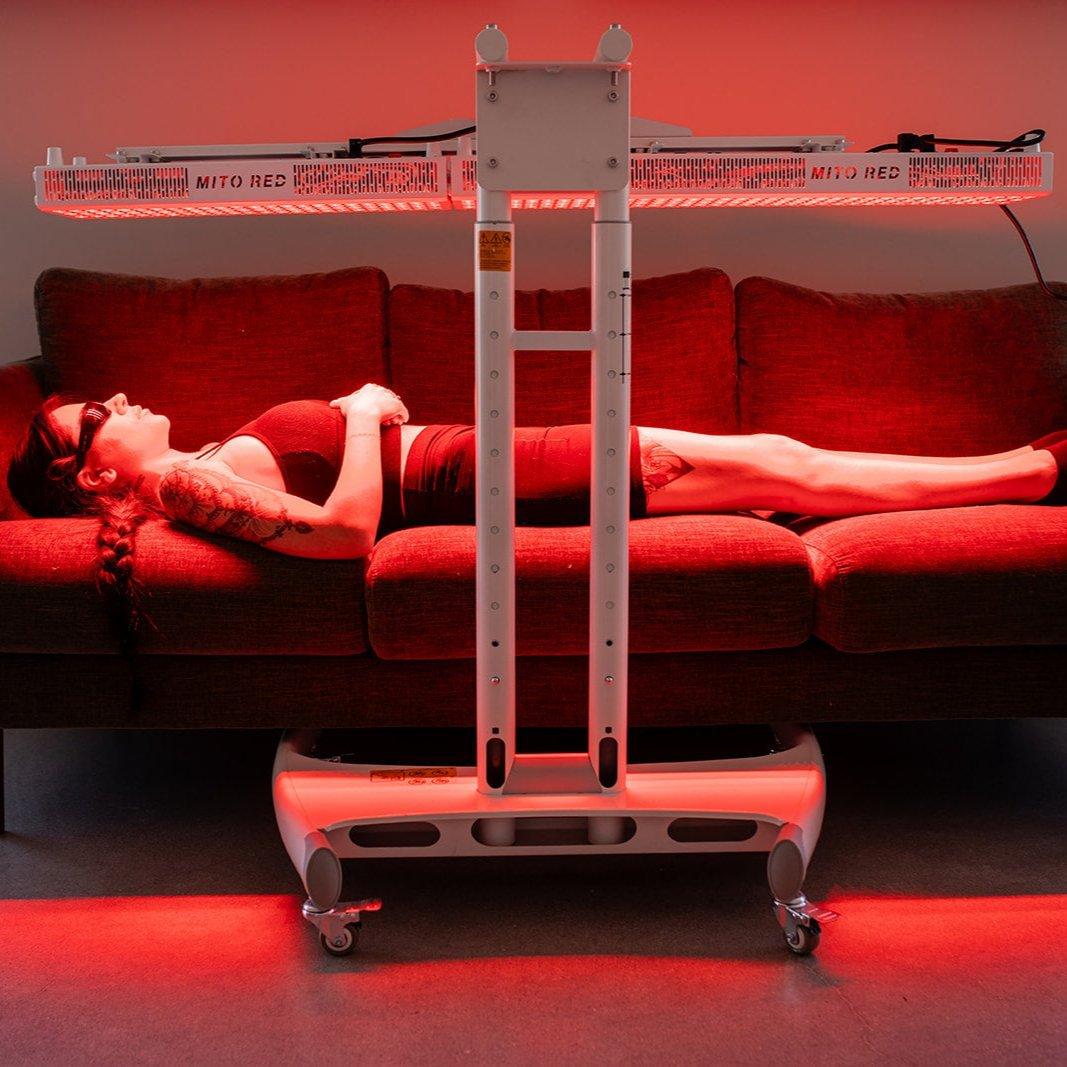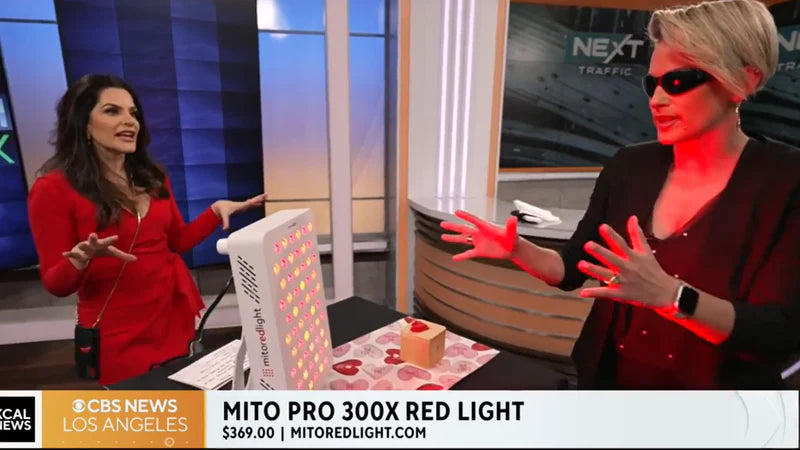Background and objective: Acne vulgaris is a chronic inflammatory disease of the pilosebaceous units (PSU), associated with increased sebum production, abnormal follicular keratinization (hyperkeratinization), follicular overgrowth of Propionibacterium acnes (P. acnes), and increased inflammatory mediator release. Light therapy has attracted medical interests as a safe alternative treatment for acne. Both blue and red light therapies at high doses >10 J/cm2 have demonstrated marked effects on inflammatory acne lesions. However, few studies have investigated the effects of lower doses of light. The aim of this study is to investigate the biological effects of lower doses of red light at 0.2-1.2 J/cm2 for acne using an in vitro model previously developed to mimic the inflammation and hyperkeratinization observed clinically in acne.






























